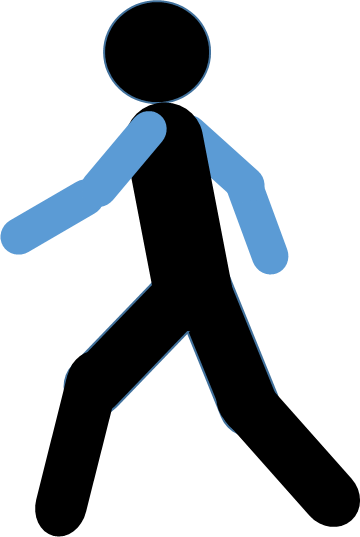Changes in CD163+, CD11b+, and CCR2+ peripheral monocytes relate to Parkinson's disease and cognition.
Abstract
Alpha-synuclein pathology is associated with immune activation and neurodegeneration in Parkinson's disease. The immune activation involves not only microglia but also peripheral immune cells, such as mononuclear phagocytes found in blood and infiltrated in the brain. Understanding peripheral immune involvement is essential for developing immunomodulatory treatment. Therefore, we aimed to study circulating mononuclear phagocytes in early- and late-stage Parkinson's disease, defined by disease duration of less or more than five years, respectively, and analyze their association with clinical phenotypes. We performed a cross-sectional multi-color flow cytometry study on 78 sex-balanced individuals with sporadic Parkinson's disease, 28 controls, and longitudinal samples from seven patients and one control. Cell frequencies and surface marker expressions on natural killer cells, monocyte subtypes, and dendritic cells were compared between groups and correlated with standardized clinical scores. We found elevated frequencies and surface levels of migration- (CCR2, CD11b) and phagocytic- (CD163) markers, particularly on classical and intermediate monocytes in early Parkinson's disease. HLA-DR expression was increased in advanced stages of the disease, whereas TLR4 expression was decreased in women with Parkinson's Disease. The disease-associated immune changes on CCR2 and CD11b correlated with worse cognition. Increased TLR2 expression was related to worse motor symptoms. In conclusion, our data highlights the TLR2 relevance in the symptomatic motor presentation of the disease and a role for peripheral CD163+ and migration-competent monocytes in Parkinson's disease cognitive defects. Our study suggests that the peripheral immune system is dynamically altered in Parkinson's disease stages and directly related to both symptoms and the sex bias of the disease.
| Authors: | Konstantin Nissen S, Farmen K, Carstensen M, Schulte C, Goldeck D, Brockmann K, Romero-Ramos M, |
|---|---|
| Journal: | Brain Behav Immun;2022 Mar;101:182-193 doi:10.1016/j.bbi.2022.01.005 |
| Year: | 2022 |
| PubMed: | PMID: 35026420 (Go to PubMed) |

